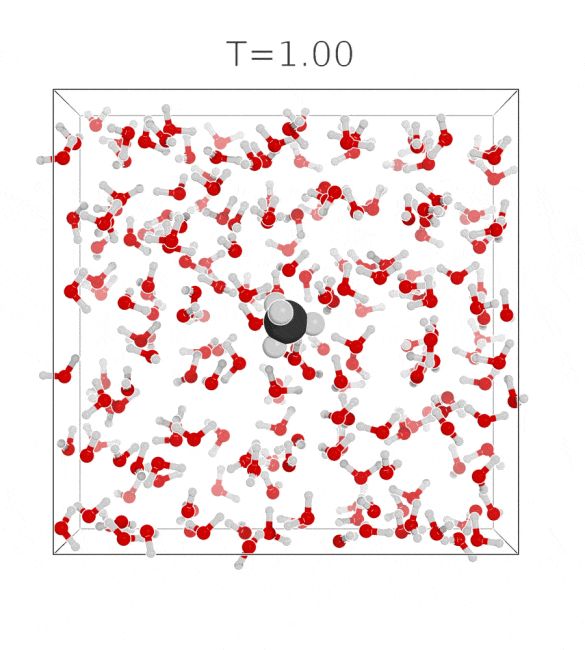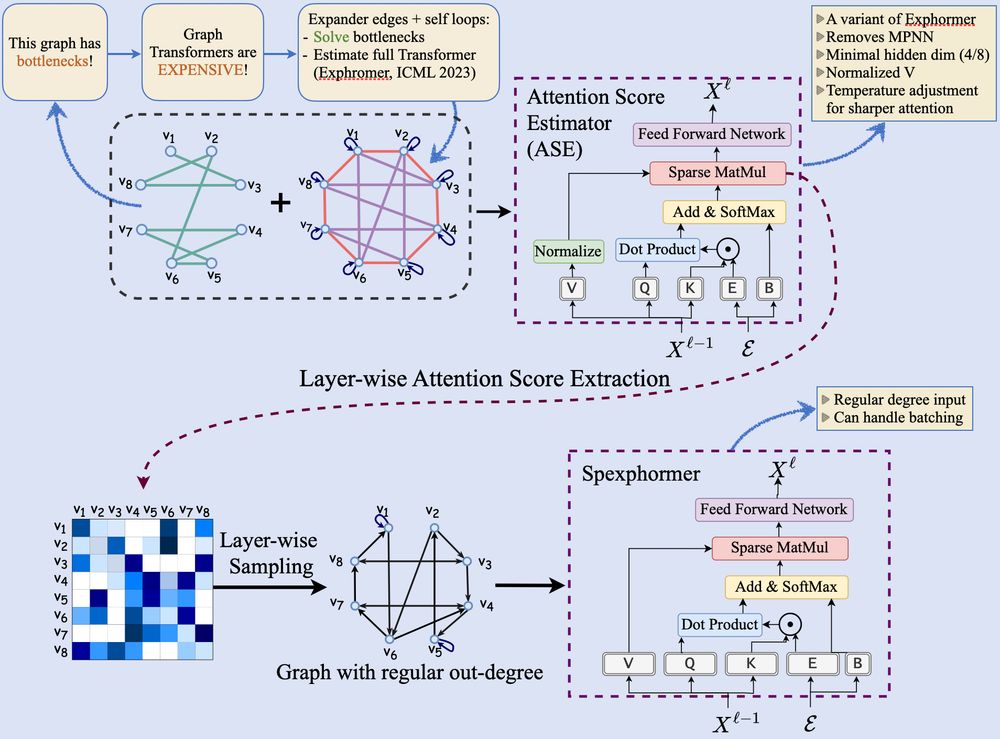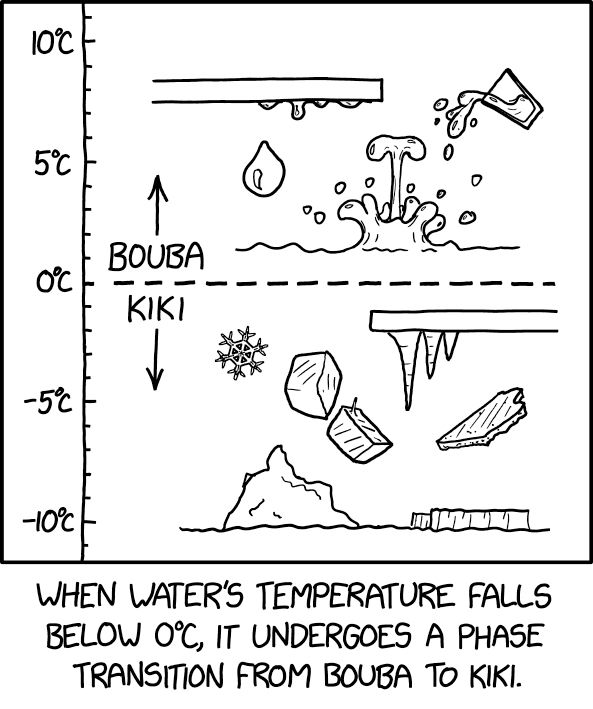
#Comet #C2025A6 #レモン彗星
#Astronomy #Astrophotography

#Comet #C2025A6 #レモン彗星
#Astronomy #Astrophotography
Marya Junková (Emily Axford’s character in #Dimension20 #CloudwardHo) dropping some STS.
Marya Junková (Emily Axford’s character in #Dimension20 #CloudwardHo) dropping some STS.
"Atomic Radii Derived From the Expectation Value
onlinelibrary.wiley.com/doi/10.1002/...
#CompChemSky #ChemSky

"Atomic Radii Derived From the Expectation Value
onlinelibrary.wiley.com/doi/10.1002/...
#CompChemSky #ChemSky
"Atomic Radii Derived From the Expectation Value
onlinelibrary.wiley.com/doi/10.1002/...
#CompChemSky #ChemSky


I don't remember if the source code is available.
cactus.nci.nih.gov/chemical/str...
Same link, new title and some updates.

Same link, new title and some updates.
The first way is to be kind.
The second way is to be kind.
The third way is to be kind
-Fred Rogers
The first way is to be kind.
The second way is to be kind.
The third way is to be kind
-Fred Rogers
tl;dr: We define an interpolating density by its sampling process, and learn the corresponding equilibrium potential with score matching. arxiv.org/abs/2410.15815
with @francois.fleuret.org and @tbereau.bsky.social
(1/n)

tl;dr: We define an interpolating density by its sampling process, and learn the corresponding equilibrium potential with score matching. arxiv.org/abs/2410.15815
with @francois.fleuret.org and @tbereau.bsky.social
(1/n)


[1/13]
#NeurIPS2024

[1/13]
#NeurIPS2024

Paper: openreview.net/pdf?id=00Sx5...
Github: github.com/PolymathicAI...
Paper: openreview.net/pdf?id=00Sx5...
Github: github.com/PolymathicAI...
The organizers are Martin Šícho and Daniel Svozil from the University of Chemistry and Technology in Prague.
Registration details will follow early next year.
The organizers are Martin Šícho and Daniel Svozil from the University of Chemistry and Technology in Prague.
Registration details will follow early next year.



